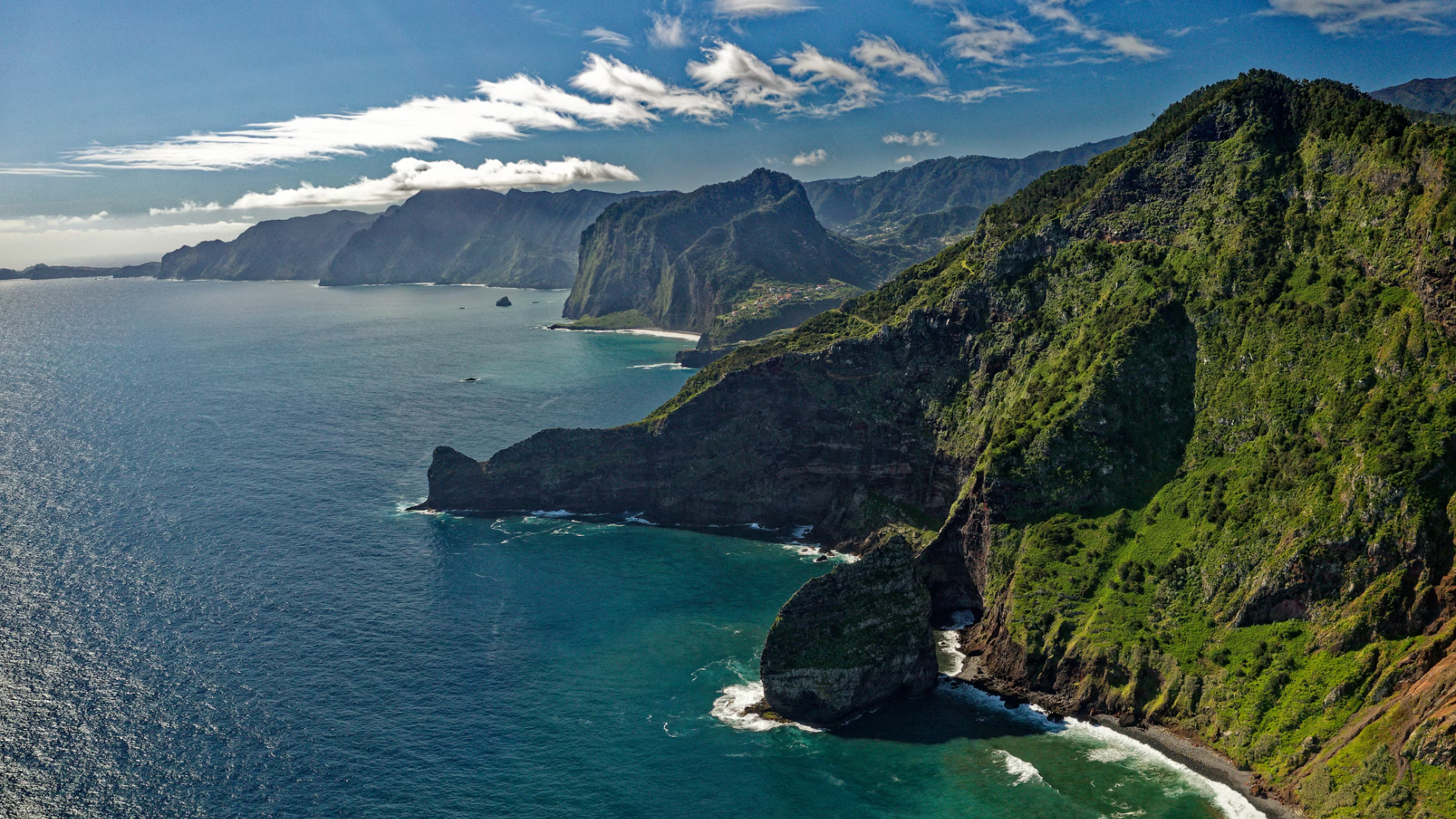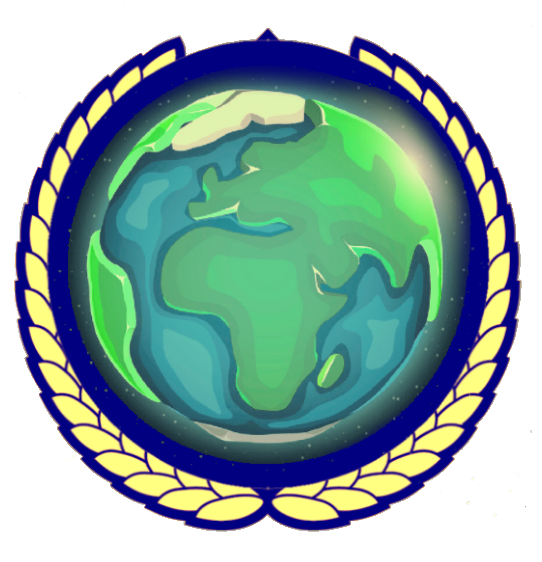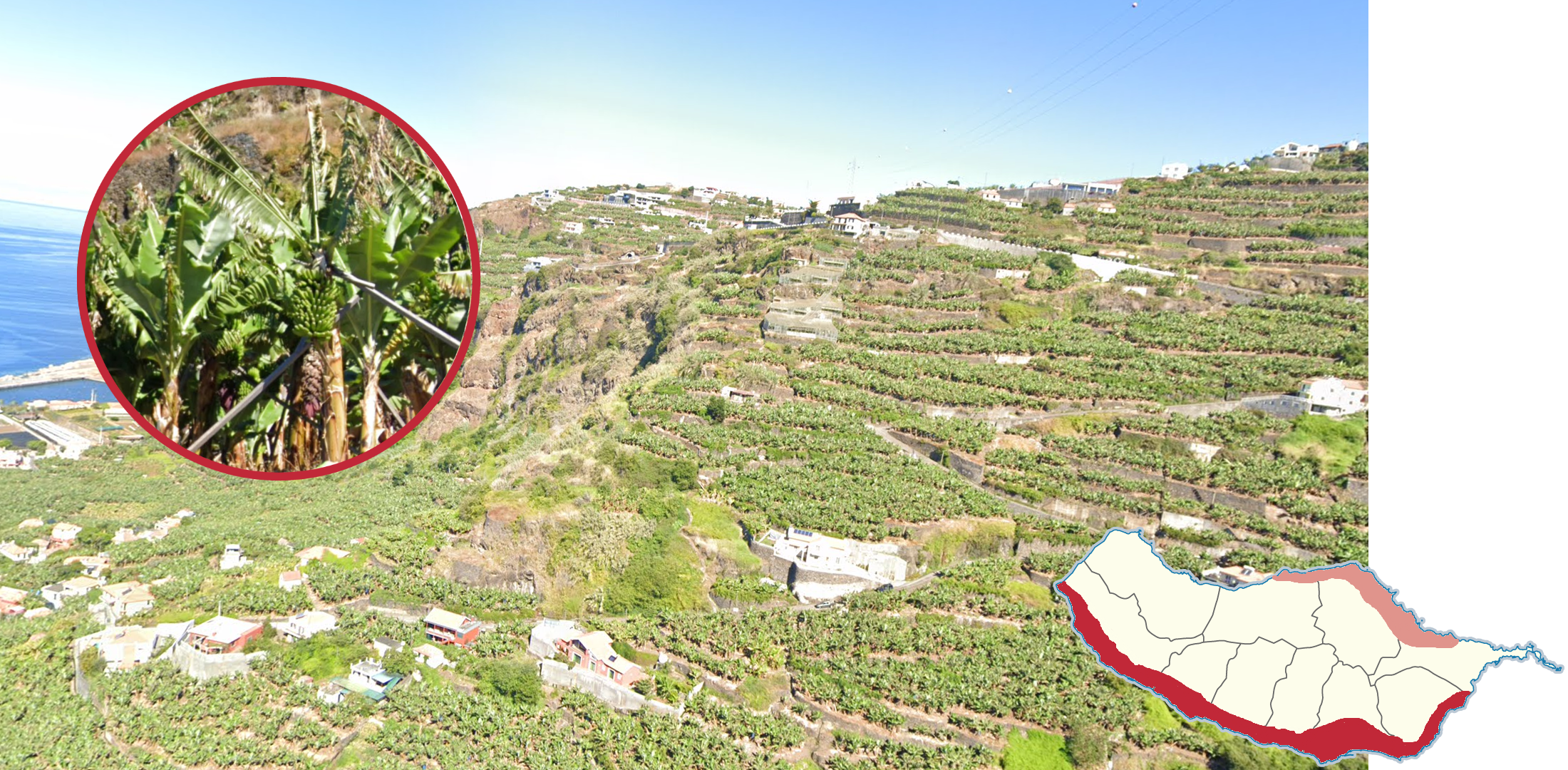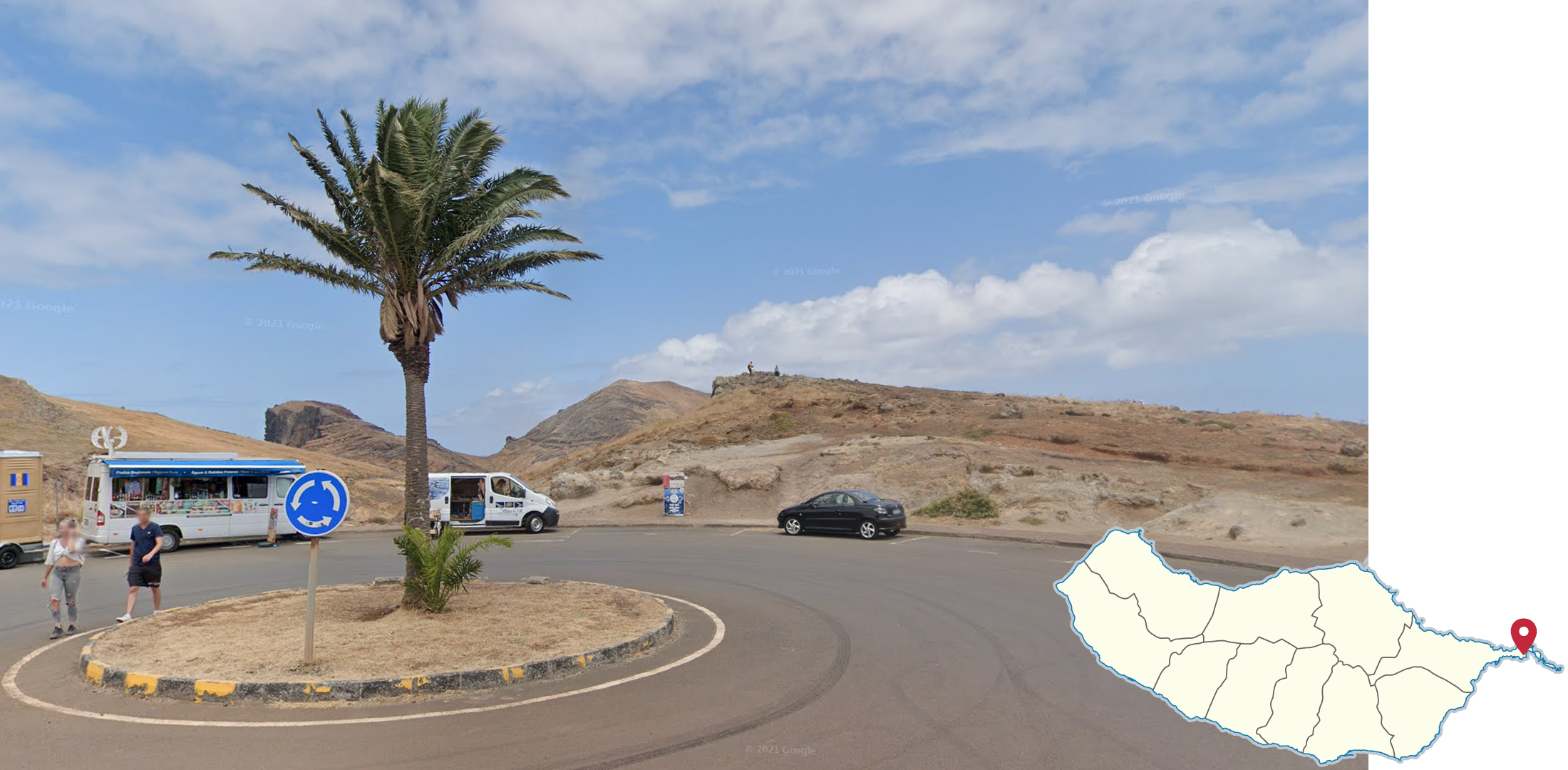
Madeira
Similar to continental Portugal, Madeira has a lot of eucalyptus forests, which can sometimes look deceptively like the mainland.
NOTE: The Azores do not commonly have eucalypti.
African lilies (Agapanthus praecox) are very common in Madeira. They can be recognized by their long grassy leaves and round flower clusters at the end of a long stem. The most common colours are white and blue.
You can sometimes find free roaming cows on high-altitude roads on the island, as well as warning signs for those cows. The cows will typically be brown with white spots, contrary to the Azores, where the cows will typically be black and white.
































